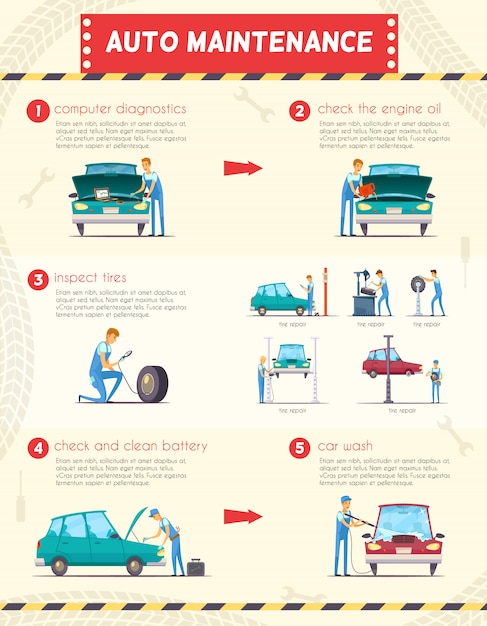Analyzing Your Car'S Alert Lights: Their True Ramifications
Analyzing Your Car'S Alert Lights: Their True Ramifications
Blog Article
Content Create By-Lauritsen Alvarado
When you're behind the wheel, those glowing warning lights on your dashboard can be a bit perplexing. Do you know what they're attempting to inform you concerning your auto's health? Recognizing the value of these lights is essential for your security and the longevity of your car. So, the following time one of those lights pops up, wouldn't you want to decode its message properly and take the necessary steps to resolve it?
Common Warning Lights and Interpretations
Identify typical warning lights in your vehicle and recognize their meanings to make certain risk-free driving.
The most regular caution lights include the check engine light, which signifies concerns with the engine or exhausts system. If this light comes on, it's critical to have your automobile examined quickly.
The oil pressure advising light shows reduced oil pressure, requiring prompt interest to stop engine damage.
A flashing battery light might recommend a damaged billing system, potentially leaving you stranded otherwise resolved.
The tire pressure tracking system (TPMS) light notifies you to low tire pressure, influencing vehicle stability and gas efficiency. Overlooking this can lead to hazardous driving conditions.
The abdominal light indicates an issue with the anti-lock braking system, jeopardizing your capability to quit rapidly in emergencies.
car interior clean but not least, the coolant temperature level alerting light warns of engine getting too hot, which can cause severe damages otherwise settled swiftly.
Understanding these typical caution lights will certainly help you address issues immediately and maintain risk-free driving conditions.
Relevance of Prompt Attention
Comprehending the usual caution lights in your cars and truck is only the first step; the significance of promptly addressing these warnings can not be stressed enough to ensure your security when traveling.
When a warning light brightens on your control panel, it's your car's means of communicating a prospective concern that requires attention. Disregarding Highly recommended Site can result in extra severe issues in the future, compromising your safety and security and possibly costing you more out of commission.
Prompt attention to warning lights can protect against malfunctions and mishaps. For instance, a blinking check engine light can suggest a misfire that, if left unattended, might trigger damage to the catalytic converter. Addressing this promptly can conserve you from a pricey repair work.
Similarly, a brake system alerting light might signal low brake fluid or used brake pads, critical components for your safety when driving.
DIY Troubleshooting Tips
If you observe a warning light on your dashboard, there are a couple of do it yourself fixing ideas you can attempt prior to looking for specialist assistance.
The initial step is to consult your cars and truck's manual to understand what the certain caution light shows. In some cases the issue can be as straightforward as a loose gas cap setting off the check engine light. Tightening the gas cap might fix the trouble.
Another usual concern is a low battery, which can activate numerous cautioning lights. Examining the battery connections for deterioration and guaranteeing they're secure may deal with the trouble.
If a caution light continues, you can attempt resetting it by separating the cars and truck's battery for a couple of minutes and afterwards reconnecting it. In addition, checking your automobile's fluid levels, such as oil, coolant, and brake liquid, can assist repair alerting lights connected to these systems.
Conclusion
In conclusion, understanding your vehicle's caution lights is necessary for maintaining your car running smoothly and safely. By promptly dealing with these notifies and knowing what they mean, you can avoid costly repair work and prospective failures.
Bear in mind to consult your cars and truck's guidebook for specific information on each cautioning light and take action as necessary to make certain a hassle-free driving experience.
Stay educated, remain risk-free when driving!
